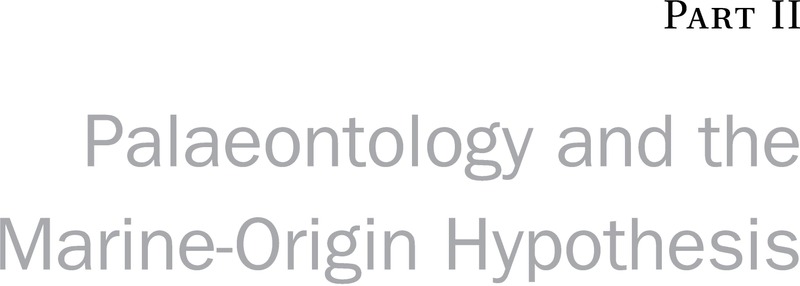Book contents
- The Origin and Early Evolutionary History of Snakes
- The Systematics Association Special Volume Series
- The Origin and Early Evolutionary History of Snakes
- Copyright page
- Dedication
- Contents
- Contributors
- Preface
- 1 Introduction
- Part I The Squamate and Snake Fossil Record
- Part II Palaeontology and the Marine-Origin Hypothesis
- Part III Genomic Perspectives
- Part IV Neurobiological Perspectives
- Part V Anatomical and Functional Morphological Perspectives
- Index
- Series page
- References
Part II - Palaeontology and the Marine-Origin Hypothesis
Published online by Cambridge University Press: 30 July 2022
- The Origin and Early Evolutionary History of Snakes
- The Systematics Association Special Volume Series
- The Origin and Early Evolutionary History of Snakes
- Copyright page
- Dedication
- Contents
- Contributors
- Preface
- 1 Introduction
- Part I The Squamate and Snake Fossil Record
- Part II Palaeontology and the Marine-Origin Hypothesis
- Part III Genomic Perspectives
- Part IV Neurobiological Perspectives
- Part V Anatomical and Functional Morphological Perspectives
- Index
- Series page
- References
Summary

- Type
- Chapter
- Information
- The Origin and Early Evolutionary History of Snakes , pp. 111 - 206Publisher: Cambridge University PressPrint publication year: 2022



